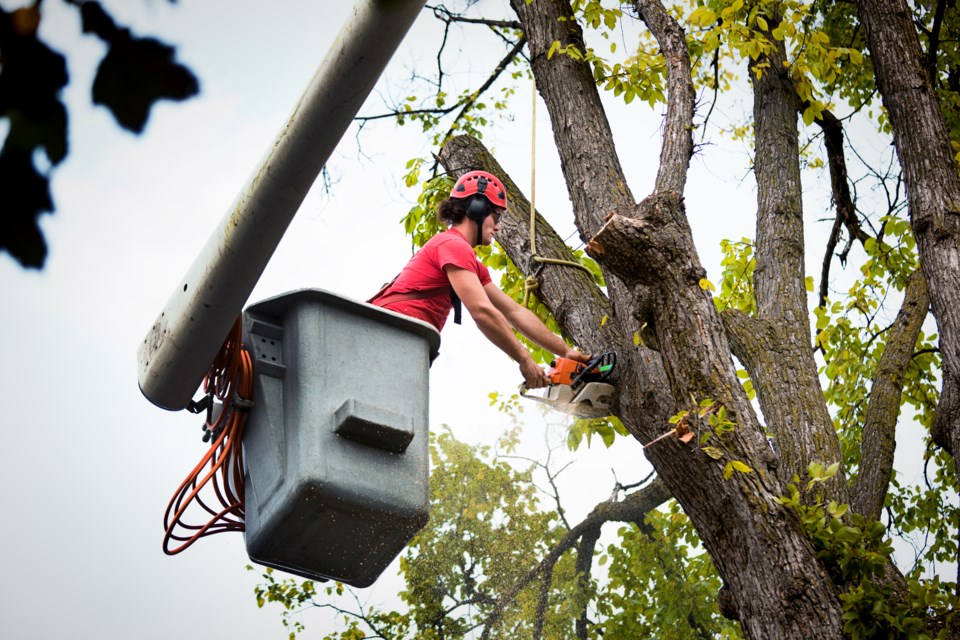The City of Moose Jaw regularly monitors for Dutch elm disease (DED) within the community’s elm tree population and is currently seeing similar infection rates as last year.
The parks and recreation department has been conducting tests and is waiting for the results to confirm their accuracy, but is certain that DED rates are about the same as in 2020, said Sarah Regent, horticulturist for the City of Moose Jaw. While the elm bark beetle that carries the DED fungus is the main reason for the disease, the recent hot, dry weather has also stressed trees and made them susceptible to this issue.
The data so far shows that less than one per cent of the entire tree population has the disease, which is “an accepted threshold of control” to ensure DED is managed, she added.
In 2020 Dutch elm disease killed more than 20 elm trees in Moose Jaw and around 40 in Wakamow Valley. In comparison, the department detected over 30 diseased trees in 2019, with the worst cases found on South Hill. Meanwhile, city staff detected 18 cases of Dutch elm disease in 2018.
There are about 18,000 elm trees in Moose Jaw, so the number of infected trees during the past few years represents less than one per cent of the entire elm population.
If homeowners have elm trees, they should give them “a good, deep watering,” said Regent. Even though Moose Jaw received some precipitation recently, most of that stayed on the surface, where the grass absorbed it.
Residents should contact the parks department at 306-694-4447 if they come across DED-infected trees. City crews can diagnose the tree, take samples if necessary, and then proceed from there.
“Once we’ve confirmed Dutch elm disease, we do need to take it out as soon as possible to keep it from spreading to other trees,” Regent continued, adding all affected wood must also be removed to prevent the spread of the disease.
DED is a fungus that blocks water from travelling throughout the tree and to the branches. Symptoms include leaves on the affected branches wilting, curling up, turning yellow or brown, and drying out. These symptoms are usually accompanied by brown to black staining in the sapwood, also known as streaking.
Elm bark beetles are the primary carrier of the DED fungus and travel from infected trees — where they deposit their eggs — to healthy trees to feed. By flying from tree to tree, these beetles effectively deliver spores of the fungus.
The insects are native to Saskatchewan and don’t damage the trees since both have evolved to co-exist.




